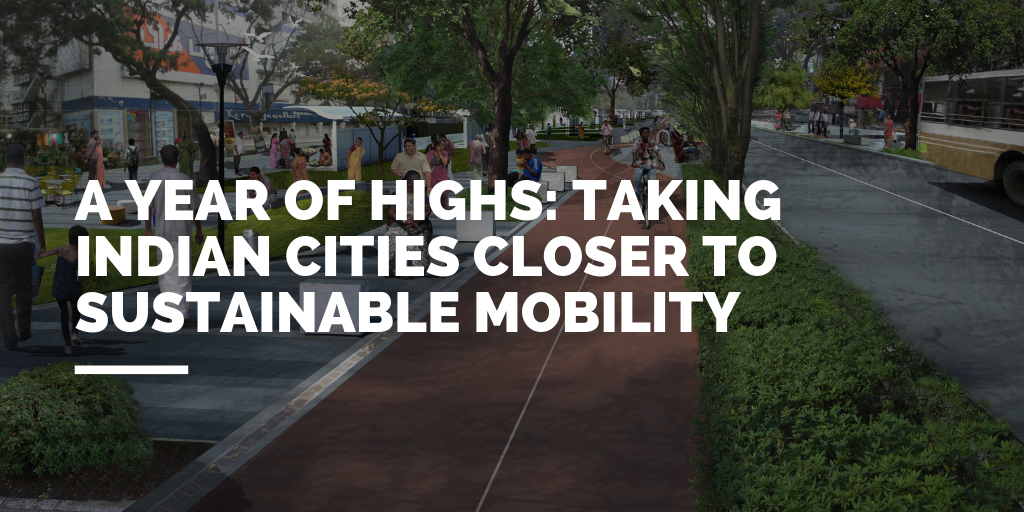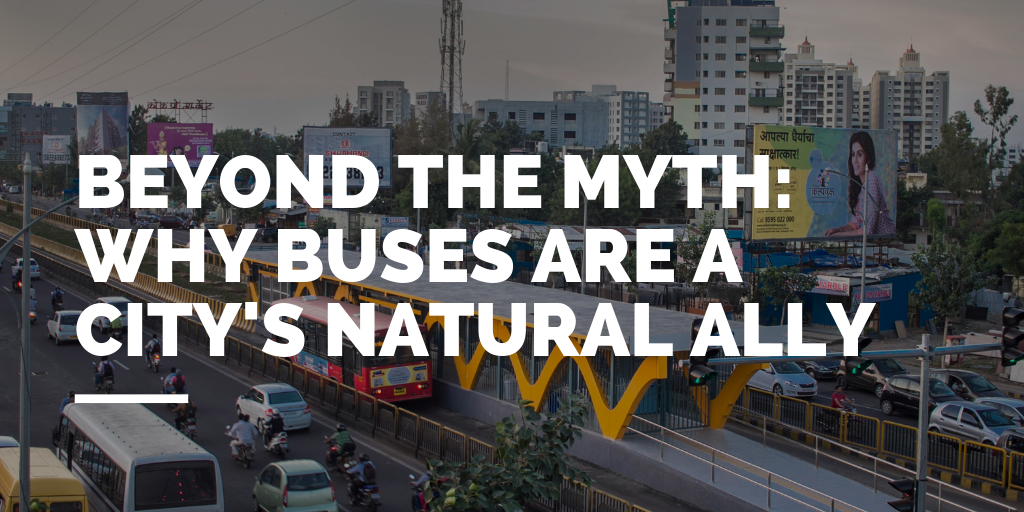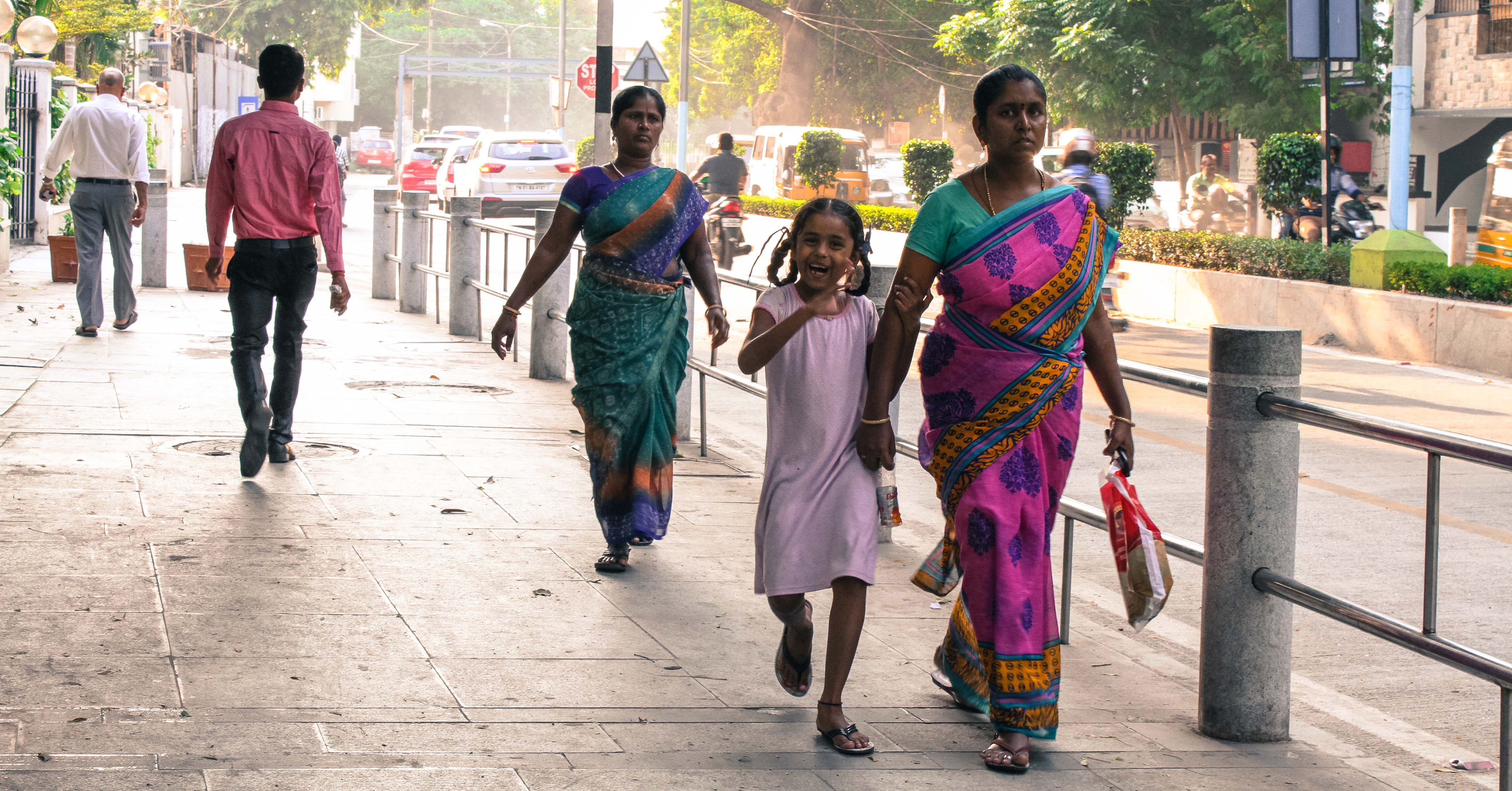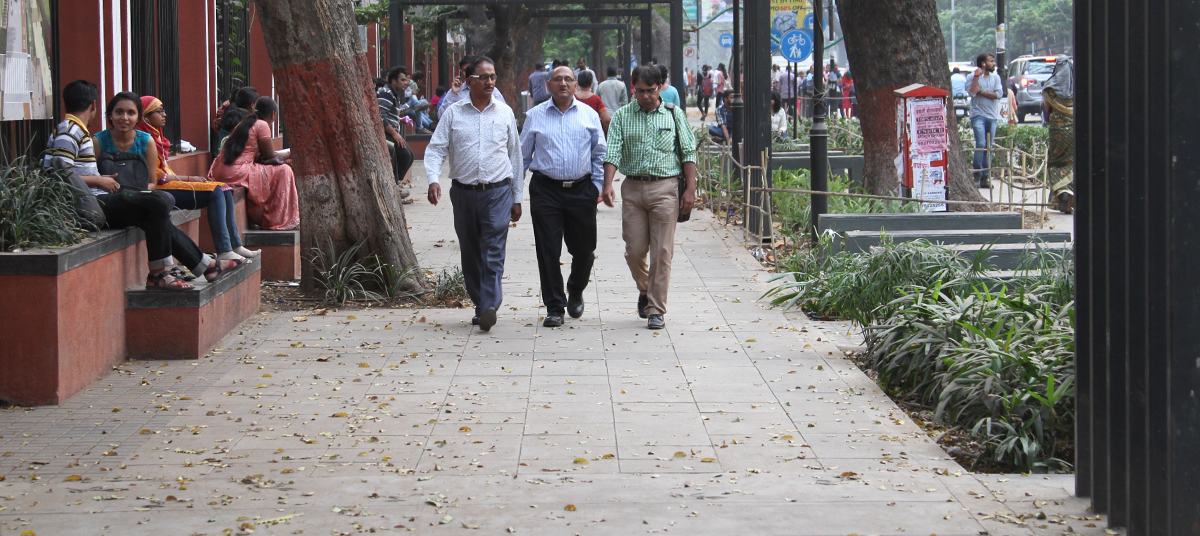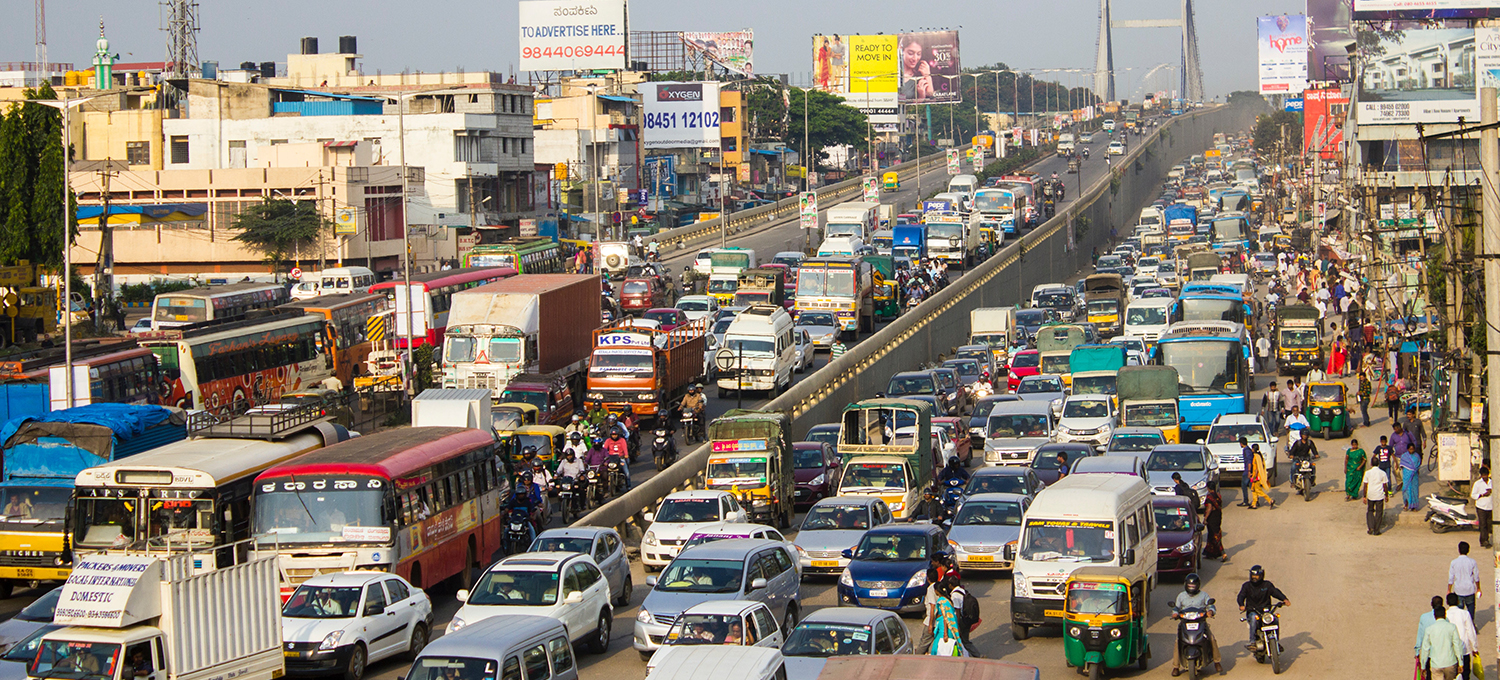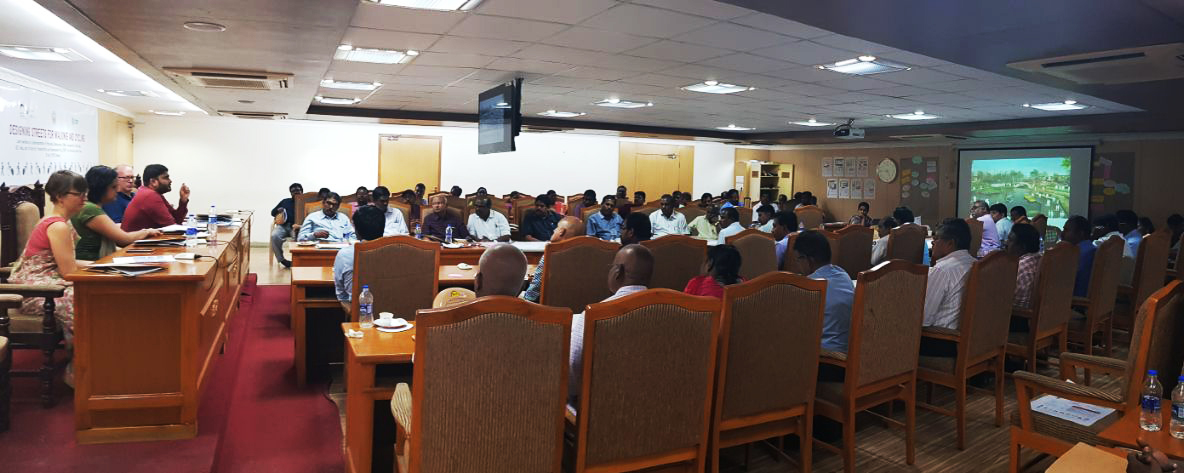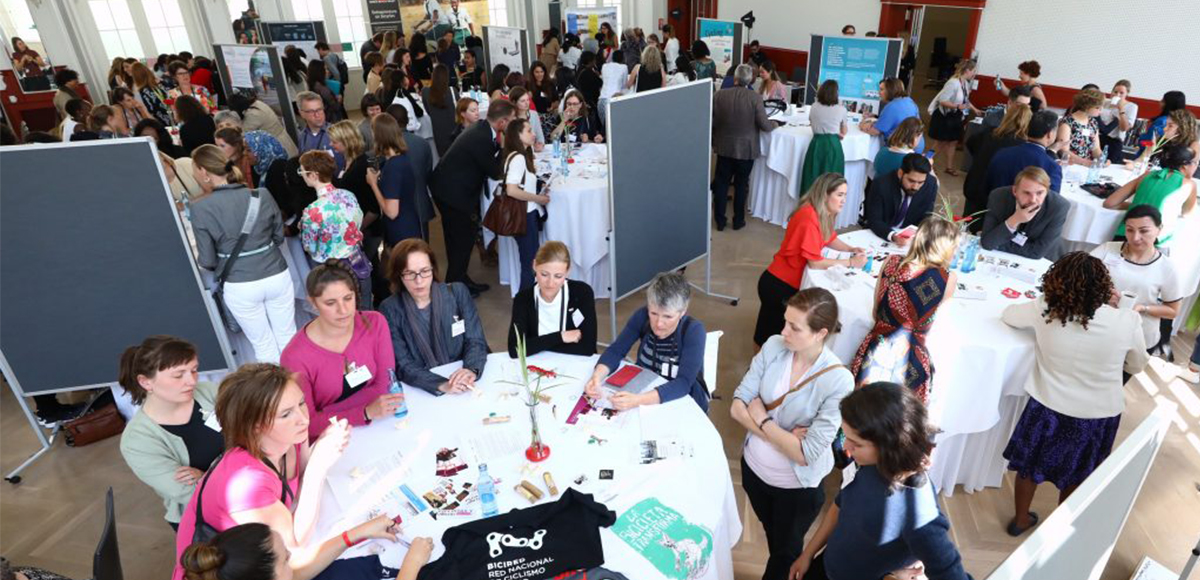The path to urban development is laid with good intentions but the one paved for sustainable development is full of good work.
A take on the age-old proverb, this is exactly the ethos that the ITDP India Programme has persevered for, while mobilising the landscape of India’s transport system. This effort, to infuse the principles of equality and sustainability to the core of urban mobility, was taken up a notch in 2018.
The year marked the India Programme’s two decades of catalysing change in over a third of urban India. In this pursuit, of creating better streets, better cities, and better lives, the ITDP India Programme registered some major wins and here are some of the notable achievements in 2018:
The path to reimagine Indian cities from the perspective of equitability, livability, and sustainability is full of good work and ITDP India Programme is all set for the long haul.





